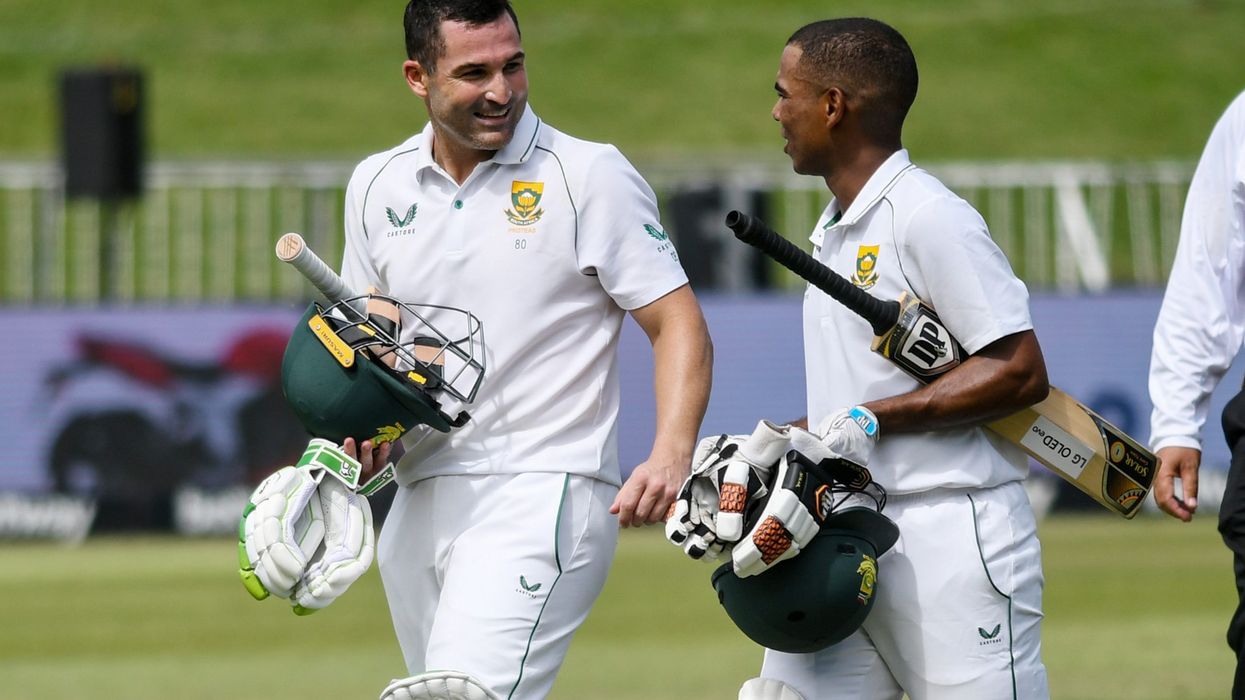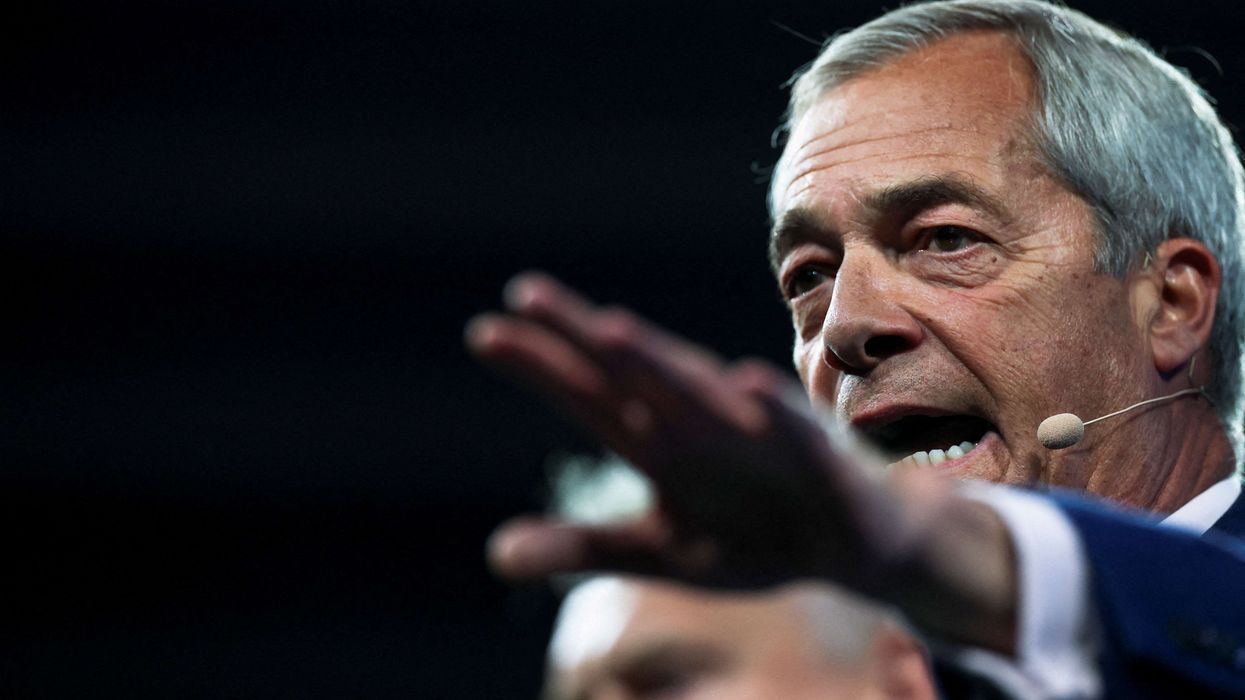South African Test captain Dean Elgar on Thursday defended his team against allegations of "unbearable sledging" during the first Test against Bangladesh in Durban.
He said the Bangladesh players needed to "harden up" if they wanted to play the game at a high level.
Speaking ahead of the second Test, which starts at St George's Park on Friday, Elgar said South Africa played the game hard but stopped short of swearing or using foul language towards their opponents.
Bangladesh cricket operations chief Jalal Yunus said on Tuesday that his board would make an official complaint to the International Cricket Council about what he described as biased umpiring and the "sledging" of the home team.
"I don't think they are justified whatsoever," said Elgar. "We play the game hard (but) if anything we were just giving back what we were getting when we were batting.
"This is Test cricket. It's a man's environment when it comes to playing at this level and I intend still to play the game hard.
"We don't swear or use foul language towards the Bangladesh batsmen because we still respect them. I think they need to harden up and maybe play the game at a level they're not used to," said Elgar.
The South African captain said the message to his players was: "We do everything with dignity and we don't throw our badge or our name away.
"I honestly didn't see any bad sledging out there, even from their side. I just think this is Test cricket and we need to dry our eyes sometimes."
The umpiring in Durban was in the spotlight with an unusually high number of 21 reviews – 11 by Bangladesh and 10 by South Africa – with four reviews upheld for each team.
South Africans Marais Erasmus and Adrian Holdstock were the men in charge under the ICC's coronavirus restrictions, leading the Bangladeshis to call for neutral umpires.
"The umpiring was tough," said Elgar. "I don't think the wicket helped. There was variable bounce which can challenge the umpires.
"I feel for them because they are good umpires. The human factor needs to be spoken of, they do make errors, as do the players, but I'm pretty sure they're going to learn a lot out of that.
"The umpires make decisions and we need to respect that. The technology is there for a reason. If you don't use the technology you're kind of holding yourself accountable for their decisions as well."
- Shower mishap -
Elgar appeared at the online press conference with bruising on his face and stitches above his right eye. He said it was the result of slipping in the shower in Durban on Monday night.
"I've got a few stitches in my forehead," he said. "I batted today, it was going to be a concern with where my helmet rests. I don't think I'm too far from where the doctor takes the stitches out. But I'm okay."
Bangladesh captain Mominul Haque referred only briefly to the Durban controversy, denying that he personally had complained about the South African team's behaviour.
"I never complained about sledging. In cricket sledging happens and you have to absorb it," he said.
Mominul said he was hopeful that opening batsman Tamim Iqbal would play in the second Test after recovering from illness.
He said the pitch looked dry and that Bangladesh would wait until Friday morning before deciding whether to play an extra spinner instead of a seam bowler.












